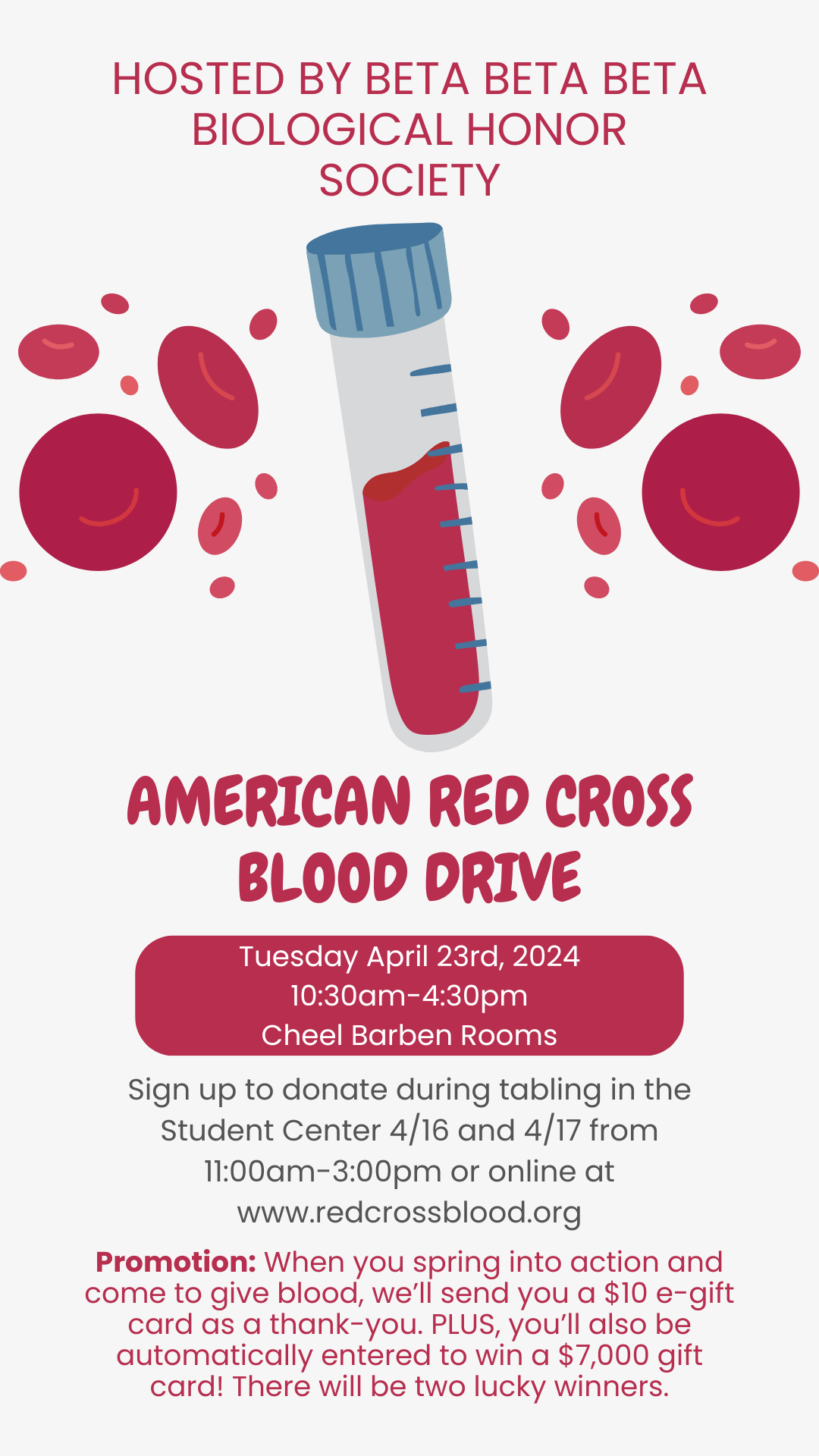The Center of Air Resources Engineering and Science (CARES) is changing its name to the Center for Air and Aquatic Resources Engineering and Science (CAARES) to better reflect its current research and teaching activities. CARES, established in January 1, 2002, was originally highly focused on the management of air pollution and brought together world-class expertise focused on air sampling and analysis, receptor modeling, atmospheric deposition, and the application of experimental and computational fluid dynamics to air pollution problems. The center has grown substantially in recent years in both its funding streams and service to the University. The Center, as an Analytical Hub, supports the analytical chemistry needs of many faculty not working in the air resources area including those working in water quality, water treatment and the measurement of contaminants in a variety of media. The Center is the home of the U.S. EPA funded Great Lakes Fish Monitoring and Surveillance program (GLFMSP), which monitors legacy and emerging chemicals impacting the Great Lakes. In addition the center is seeking accreditation from the Department of Defense Environmental Laboratory Accreditation Program (DoD ELAP) to perform per- and polyfluoroalkyl substances analysis to support this growing research area at Clarkson.
As CAARES continues to evolve it will strive to meet the analytical needs of faculty from across campus using state-of-the-art instrumentation and share environmental field sampling equipment ranging from air sampling meters to Clarkson’s coastal research vessel, the 25’ Boston Challenger series R.V. Lavinia. Drs. Tom Holsen and Suresh Dhaniyala will continue to co-Direct CAARES.
With the expansion of the scope of research support that CAARES provides, we have also decided to let the Great River Center retire. The GRC, which has been led by Dr. Michael Twiss for many years provided an interdisciplinary research focus on science and policy issues associated with the upper St. Lawrence River. The GRC has accomplished a lot over the years, including developing collaborations with other regional institutions and agencies; supporting a large number of numbers of REU and graduate students; and publication of dozens of peer-reviewed publications.
Research in this region continues with ISE faculty affiliates, the CoE in Healthy Water Solutions, and with the analytical and sampling infrastructure provided by CAARES. My appreciation and sincere thanks goes to Dr. Twiss for his long-term commitment to understanding this most valuable natural and engineered resource in our back yards.


